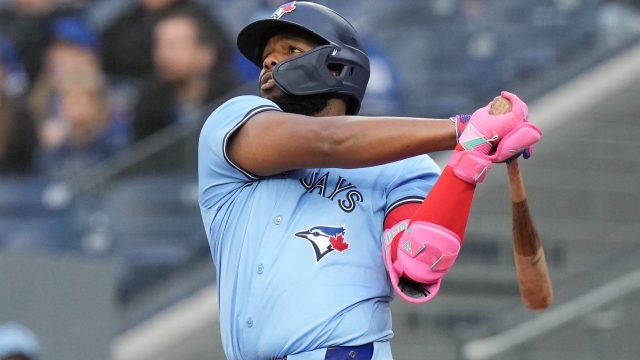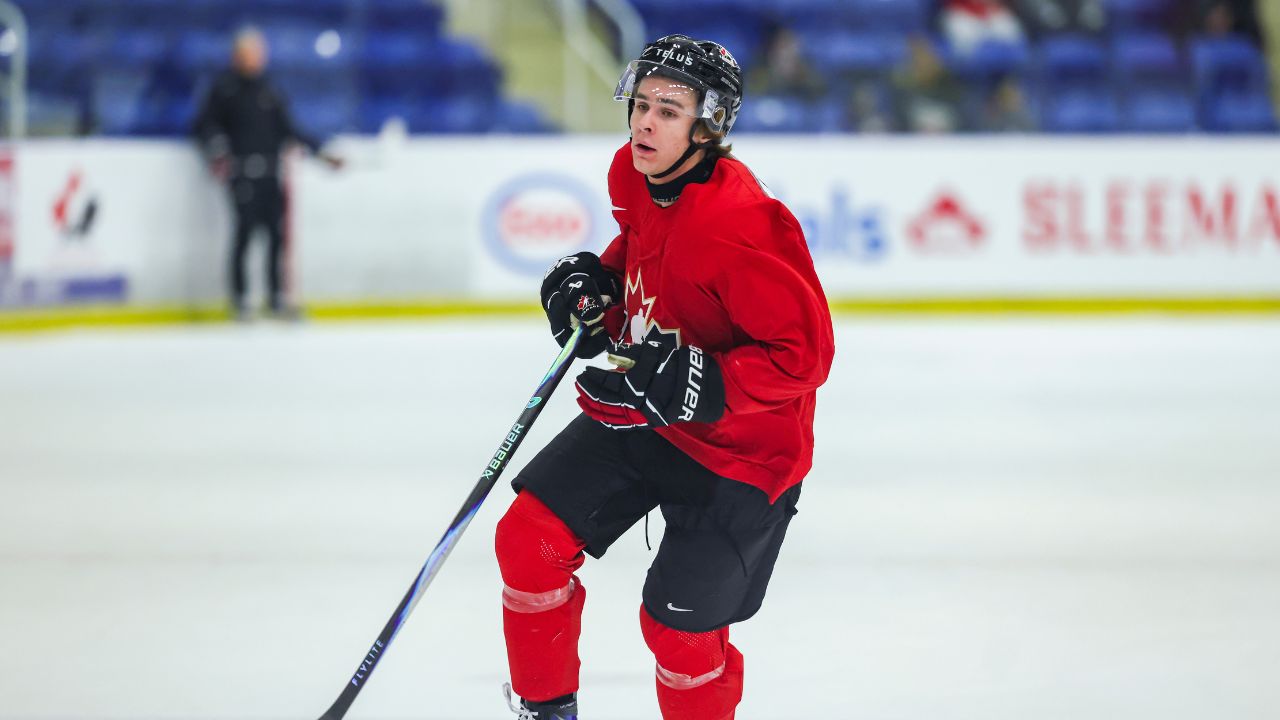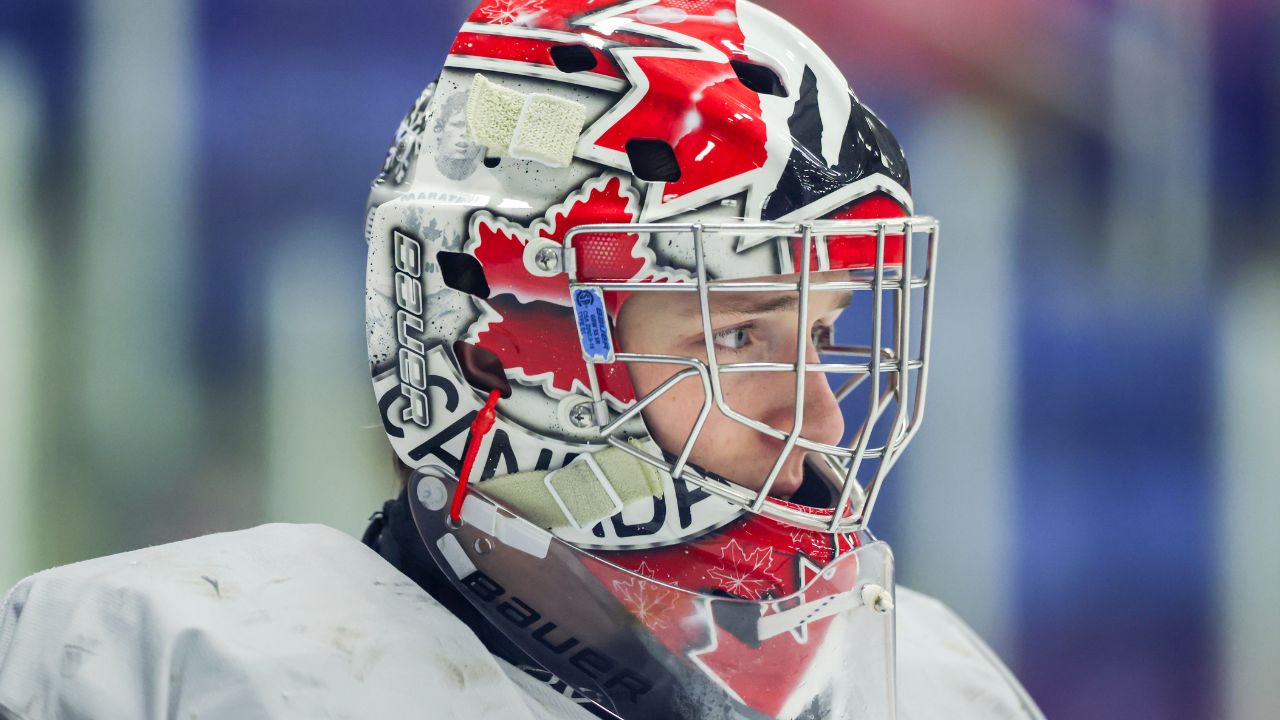
TORONTO – The time to have fired Ross Atkins, if the Toronto Blue Jays intended to make a change, was last off-season after another less-than-the-sum-of-its-parts year, notably the debacle of pulling Jose Berrios early from Game 2 in Minnesota and the subsequent fallout.
At that point, president and CEO Mark Shapiro, still with two years left on his term, could have reasonably given an incoming GM a three-year deal, along with the security and runway to execute a vision for how to push the Toronto Blue Jays over the line.
But Shapiro stuck with Atkins then, which now that his own deal expires next fall essentially tied his hands, even after this year of organizational collapse. Because what difference-making executive is walking into a general manager’s job if his boss isn’t securely in place?
So, when Shapiro said during his season-wrap media availability Wednesday that, “if I felt there was a better alternative to run our baseball operation, I’d make that change,” well, there are a number of ways to consider the comment.
Regardless, the end result is that solving for the cluster of fundamental issues putting the Blue Jays in a precarious spot – the pending free agencies of cornerstones Vladimir Guerrero Jr. and Bo Bichette; a lineup and bullpen in desperate need of help; a farm system unable to provide needed near-term impact; a $400 million stadium renovation to be leveraged just as consumer confidence in the front office is, anecdotally at least, as low as its been in recent memory – is all on them, for all the marbles.
Their 2024 bet on internal improvement carrying the club back to the post-season went bust. Their 2025 bet is that this front office can return the team there while also extending what looks to be a competitive window on the verge of slamming shut.
“We are definitively committed to this core,” Atkins said, shutting the door on any sort of rebuild as a possibility this off-season. “And I’ve said this to Bo and Vladdy, they have done very powerful things already, and they’ve done them as a team. They’ve done exceptional things to (try to) win the AL East and not enough to their standards, nor mine, and certainly not the fans, but what they’ve accomplished already is exceptional, and there’s a lot of good baseball ahead of them, and I hope it’s together.”
Hope, of course, is not a sound strategy. And while the myriad mea culpas from both Shapiro and Atkins – not proud of this year’s work, have to be better, need to learn, etc. – were nice, only a major winter rehabilitation can pull the club from its current depths.
Locking in Guerrero and Bichette would certainly kick-start that process and when asked if the Blue Jays, from a payroll construction standpoint, could extend both while also augmenting around them, Atkins without flinching replied, “Yes, we can.”
“We’ve had incredible support here and that is certainly a possibility,” he continued. “Now that doesn’t make it just happen because it’s a possibility. It’s extremely difficult to sign one player to an extension. Signing two is difficult. Building around them also still requires making sure that our farm system continues to contribute.”
The Blue Jays began 2024 with a payroll projected to exceed the first Competitive Balance Tax, or CBT, threshold of $237 million and they were expected to finish around that mark. Shapiro said the budget for next year is still in the works but he doesn’t “see it either growing or decreasing in a big way.”
Bichette is heading into the final year of a $33.6-million, three-year deal that will pay him $17.583 million, but his injuries and down performance complicate an extension. But the time is very much now to extend Guerrero, who is eligible for salary arbitration one last time. His 2025 salary could land in the $28 million range, give or take, after a massive 5.5-win season, as calculated by Fangraphs.






